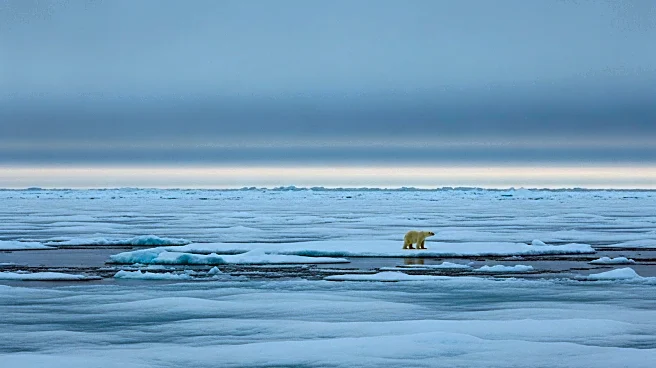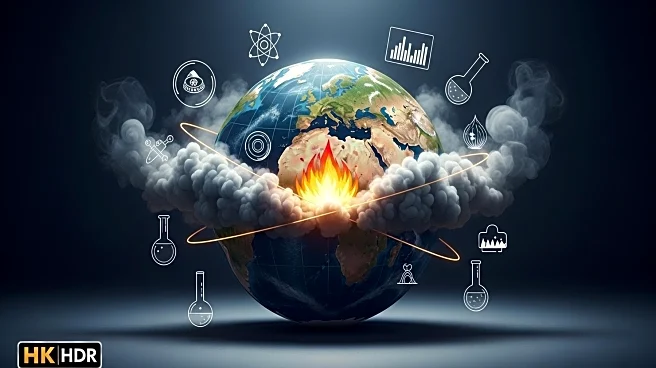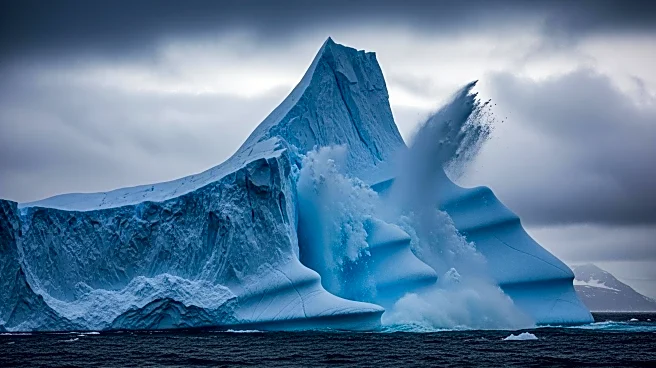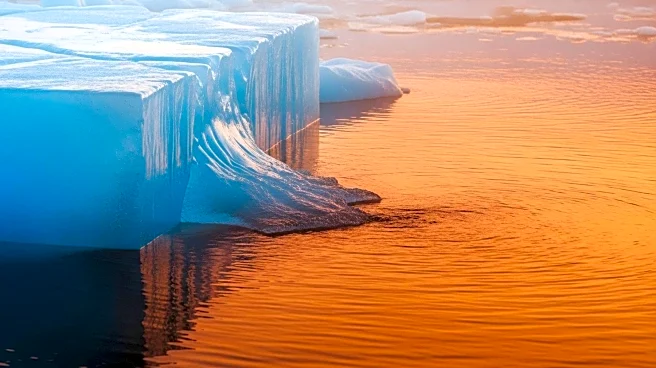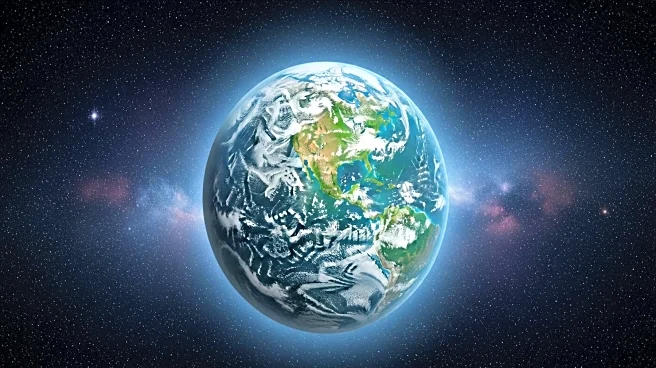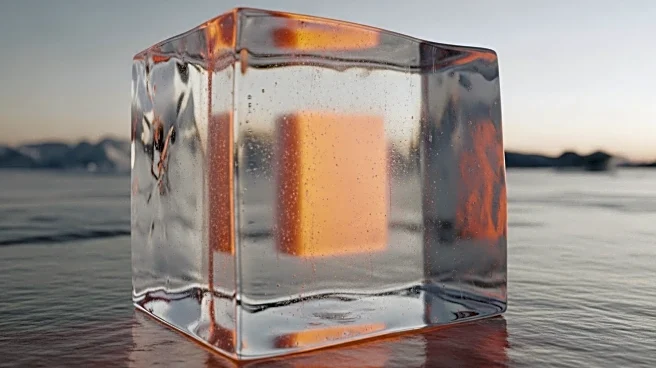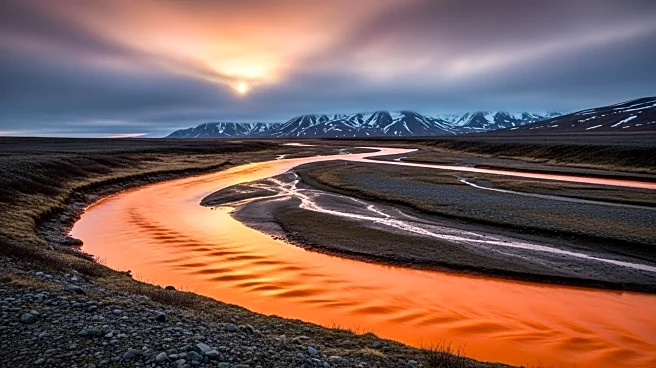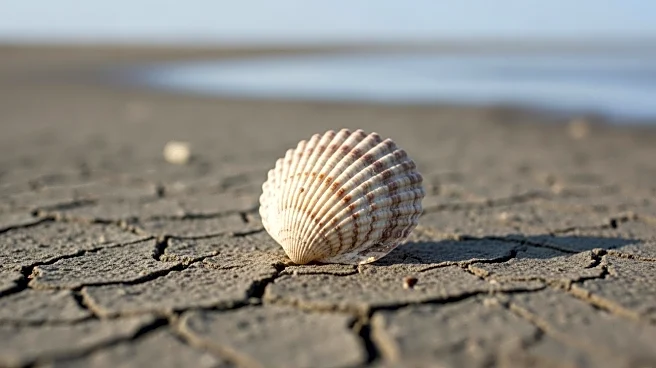What's Happening?
NASA has reported that the Arctic sea ice minimum extent is shrinking at a rate of 12.2% per decade. This measurement, based on satellite observations since 1979, shows a significant reduction in the Arctic sea ice cover during the summer months. The data indicates that the ice reaches its smallest area, known as the minimum extent, each September. This trend is attributed to rising global temperatures, which cause increased seasonal melting of the sea ice.
Why It's Important?
The reduction in Arctic sea ice is a critical indicator of climate change, with significant implications for global weather patterns, marine ecosystems, and indigenous communities. The loss of sea ice affects the Earth's albedo, or the reflection of solar radiation, which can further accelerate global warming. Additionally, the shrinking ice cover impacts marine biodiversity and the livelihoods of communities that rely on Arctic ecosystems. Understanding these changes is essential for developing strategies to mitigate the effects of climate change and protect vulnerable regions.

